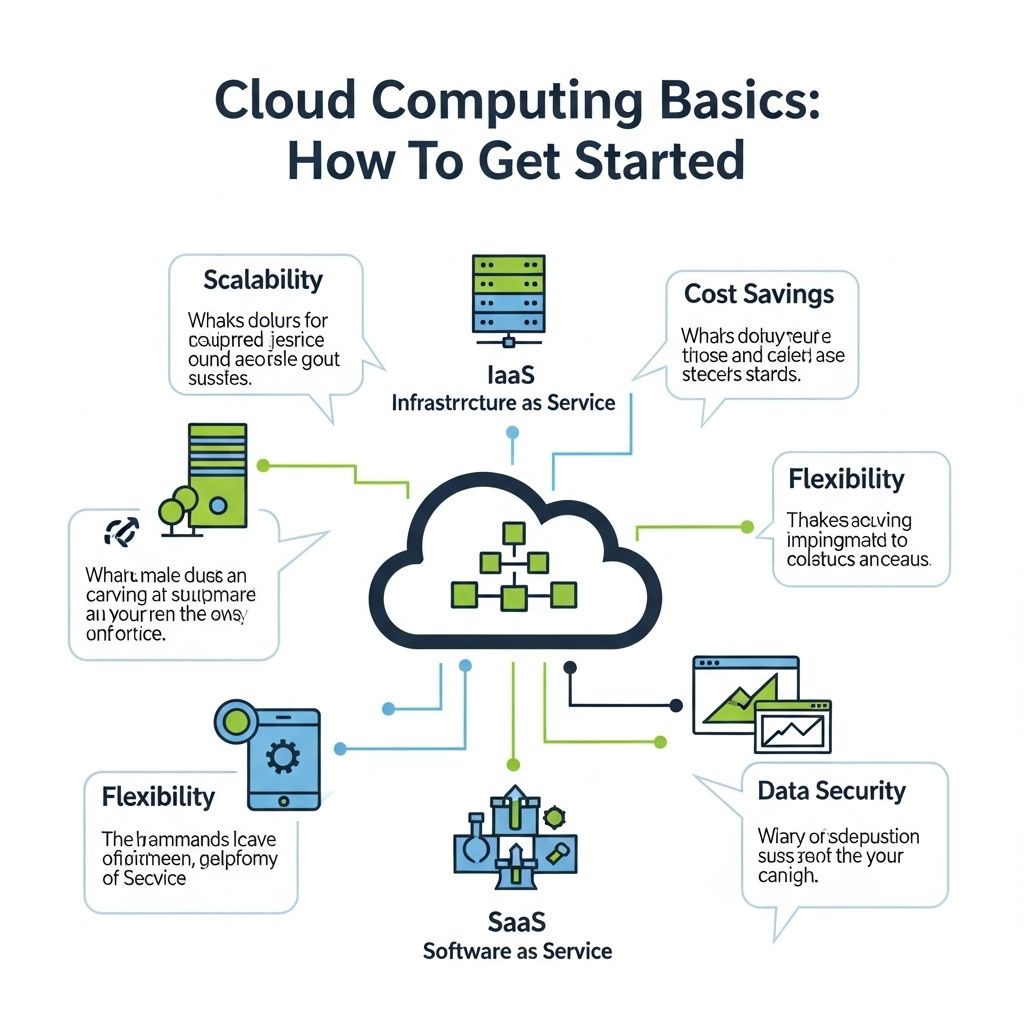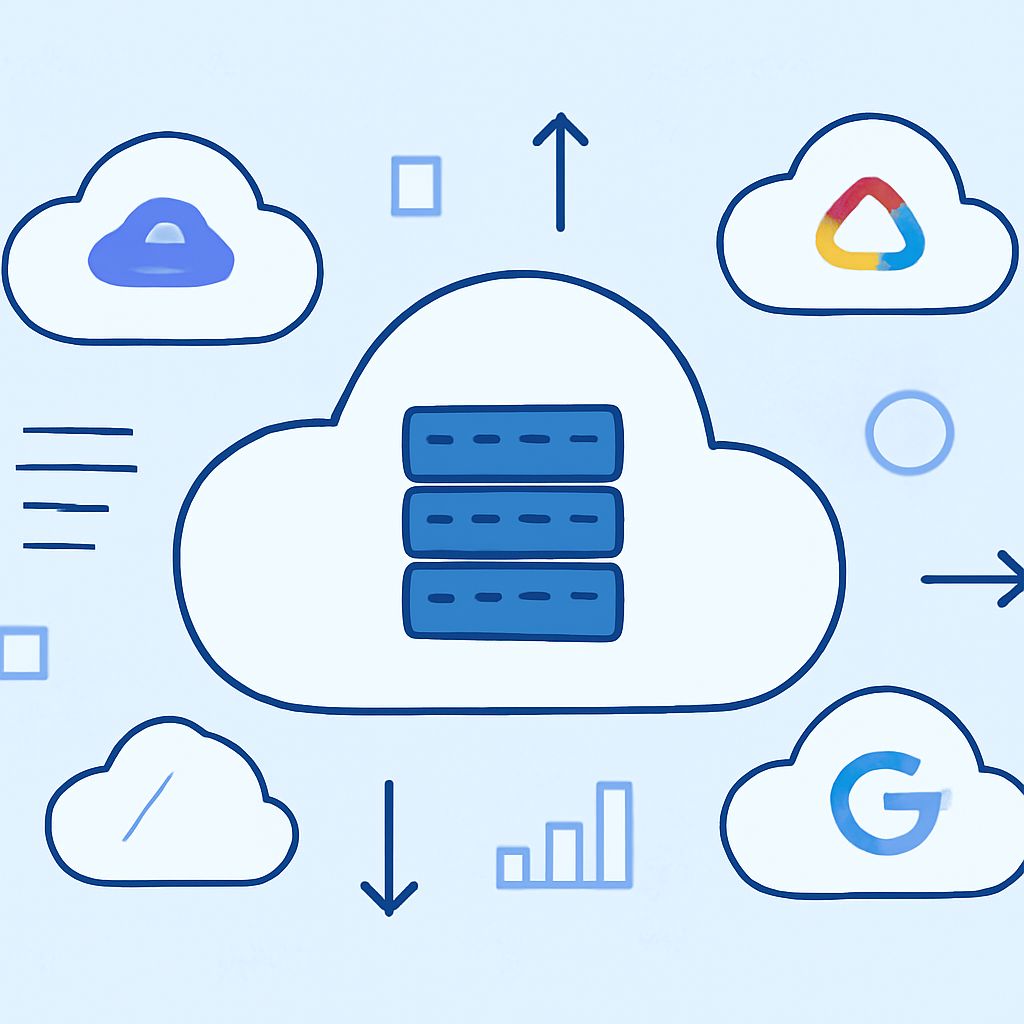In today’s digital age, cloud computing has emerged as a transformative force, reshaping how businesses and individuals manage and store data. With its ability to provide on-demand access to computing resources, cloud technology enables users to leverage powerful applications without the need for extensive on-premise infrastructure. This article dives into the fundamentals of cloud computing, exploring its models, benefits, and considerations for adoption.
What is Cloud Computing?
Cloud computing refers to the delivery of various computing services over the internet, including storage, processing power, and networking. By utilizing remote servers hosted on the internet, users can access and manage data and applications from anywhere, eliminating the constraints of traditional computing environments.
Key Characteristics of Cloud Computing
- On-Demand Self-Service: Users can provision resources as needed without human intervention from the service provider.
- Broad Network Access: Services are accessible over the network using standard mechanisms that promote use across various platforms.
- Resource Pooling: Providers serve multiple consumers with pooled resources, dynamically assigning and reallocating as requirements change.
- Rapid Elasticity: Resources can be scaled rapidly to accommodate fluctuating demands.
- Measured Service: Resource usage can be monitored, controlled, and reported, providing transparency for both the provider and consumer.
The Different Models of Cloud Computing
Cloud computing is typically categorized into three main models, each serving different needs.
1. Infrastructure as a Service (IaaS)
IaaS provides virtualized computing resources over the internet. Users can rent IT infrastructure such as servers and storage on a pay-per-use basis.
| Provider | Features | Use Cases |
|---|---|---|
| AWS EC2 | Scalability, virtualization, and flexibility | Web hosting, application deployment |
| Google Cloud Compute | Integrated with other Google services | Data analytics, machine learning |
| Microsoft Azure | Hybrid cloud capability | Enterprise applications, backup solutions |
2. Platform as a Service (PaaS)
PaaS offers a cloud platform and environment for developers to build applications and services. This model provides a set of tools and services designed to assist in the development process.
3. Software as a Service (SaaS)
SaaS delivers software applications over the internet, eliminating the need for installation and maintenance. Users access software via a web browser, which is hosted and managed by a third-party provider.
Benefits of Cloud Computing
Adopting cloud computing offers numerous advantages to organizations and individuals alike.
Cost Efficiency
- Eliminates the capital expense of buying hardware and software.
- Reduces ongoing operating costs, allowing you to pay only for what you use.
Scalability
Cloud services are highly scalable, meaning you can adjust resources quickly in response to changes in demand.
Performance and Security
Leading cloud providers invest heavily in maintaining and upgrading their infrastructure, providing high performance while ensuring robust security measures are in place.
Challenges and Considerations
While the benefits are significant, there are challenges to consider before migrating to the cloud.
Data Security and Privacy
Storing data off-premises raises concerns about unauthorized access and data breaches. Organizations must ensure compliance with data protection regulations.
Downtime and Reliability
Despite their reliability, cloud providers can experience outages or downtime that can disrupt access to essential services.
Vendor Lock-In
Organizations may face challenges in switching providers due to proprietary services and technologies, making it essential to choose a provider wisely.
Best Practices for Cloud Adoption
To maximize the benefits of cloud computing while minimizing risks, organizations should follow these best practices:
- Conduct a thorough analysis of your current infrastructure and future needs.
- Choose a reputable cloud service provider with strong security practices.
- Implement a multi-cloud strategy to avoid vendor lock-in.
- Regularly monitor and optimize cloud usage to control costs.
Conclusion
Cloud computing is no longer just a trend; it’s a fundamental component of modern IT strategy. With its numerous benefits, such as cost savings, scalability, and improved performance, organizations that embrace cloud technology are better positioned to innovate and compete in a rapidly changing digital landscape. However, understanding the models, benefits, and challenges associated with cloud computing is crucial for making informed decisions that align with organizational goals.
FAQ
What is cloud computing?
Cloud computing is the delivery of computing services over the internet, allowing users to access and store data and applications on remote servers instead of local devices.
What are the main types of cloud computing services?
The main types of cloud computing services are Infrastructure as a Service (IaaS), Platform as a Service (PaaS), and Software as a Service (SaaS), each offering different levels of control and management.
What are the benefits of using cloud computing?
Benefits of cloud computing include cost savings, scalability, flexibility, automatic updates, and enhanced collaboration, allowing businesses to operate more efficiently.
How does cloud storage work?
Cloud storage works by storing data on remote servers managed by cloud service providers, allowing users to access their files from anywhere with an internet connection.
Is cloud computing secure?
While cloud computing offers various security measures, such as encryption and access controls, users must also implement best practices to ensure their data remains secure.
Can I migrate my existing applications to the cloud?
Yes, many businesses successfully migrate their existing applications to the cloud, often utilizing cloud migration strategies to ensure a smooth transition.




